There are no mistakes in physiology. Our bodies are not trying to kill us. We don’t make cholesterol to give ourselves heart disease.
We don’t produce insulin to make ourselves obese. We don’t secrete ghrelin in order to overeat (1). The role of vasopressin is not to trigger life-threatening hypertension (2).
All of these processes and hormones play a role in degenerative diseases, but something else must trigger them. Apart from blatant genetic disorders, human physiology is not pathology. [tweet_quote] Something must be triggering our hormones to create degenerative disease.[/tweet_quote]
It’s a similar story with body fat. Theoretically, body fat is stored energy, which we can access when food is unavailable.
But the reality for most people in the industrialized world is that body fat is inaccessible energy (for all intents and purposes). They don’t—or can’t—go long enough between meals to start burning it. Or they’ve allowed their fat-burning metabolic machinery to degrade. Or both. This situation leaves them reliant on sugar for their energy.
Are You A Sugar-Burner?
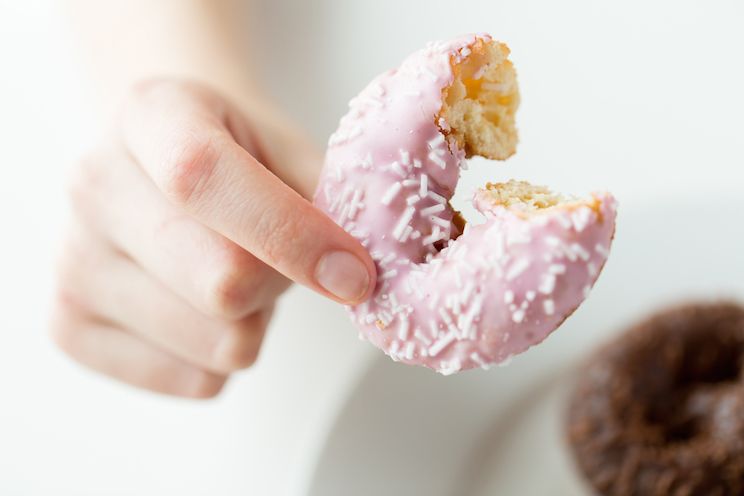
Sugar is quality energy, but you can’t store much of it. Even the leanest among us has tens of thousands of calories of body fat stored on their bodies. Nevertheless, our capacity to store sugar in the form of glycogen is meager. Skeletal muscle can hold about 300-400 grams in the form of glycogen, but the liver can only hold 100 grams (3). Muscle glycogen is locally available, but the only muscle that can use it is the one that stores it (4). Liver glycogen is available for general use by all tissues and organs, but again, it’s in short supply. [tweet_quote] Are you a sugar-burner? They rely entirely on sugar supply for energy.[/tweet_quote]
Sugar-burners are people who rely on sugar for their energy. The scarcity of stored glycogen forces a sugar-burner to eat every few hours to keep producing glucose. When they exercise, they’re unable to access body fat for a significant portion of their energy needs, so they burn through their stored muscle glycogen almost immediately. This behavior reduces the amount of body fat lost during exercise, and it limits the amount of physical activity that a sugar-burner can perform without losing their energy.
This way of eating is buttressed by the popular advice to “graze,” “eat six small meals a day,” or “snack often.” But this tactic actually only makes the situation worse because it poses these unique dangers:
- It perpetuates a person’s inability to burn their own body fat for fuel when food is unavailable. If you never go hungry, you’ll never learn this behavior.
- Being in a constantly “fed” state keeps insulin perpetually elevated, blunting the release of stored body fat (5).
- This fed state also blunts autophagy, the process through which cells repair themselves (6). Deficits in autophagy are linked to aging (7).
How to Become a Fat-Adapter
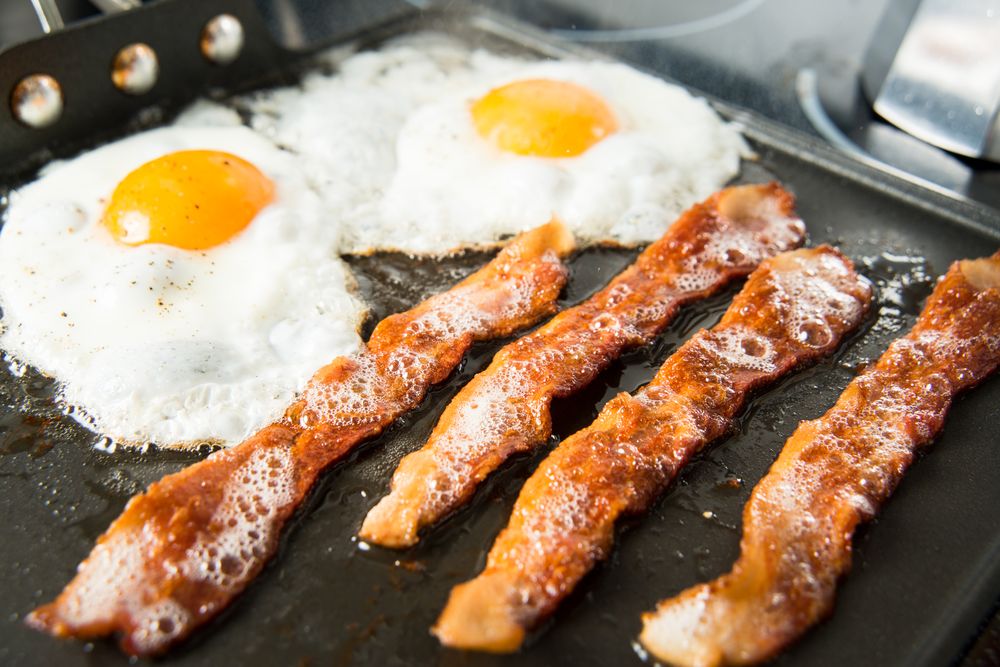
Luckily, there is a way to switch over to a primarily fat-based metabolism—to rev up the fat-burning machinery inside your cells. Then you can easily go hours without eating, comfortably fast to up-regulate autophagy (8), and make it through a tough day—while remaining productive by having a steady supply of even-keeled, fat-based energy. Here’re the steps to take:
- Eat fatty protein for breakfast. To keep you satiated and satisfied until lunch, start the day with a big dose of protein and fat. Maybe it’s eggs, bacon, and greens. Maybe it’s sausage and grilled tomatoes. Maybe it’s just six hard-boiled eggs you prepared ahead of time, or leftover stew from last night’s dinner.
- Go low-carb, high-fat. Limit dense carbohydrate intakes to workout days, ideally pre- or post-workout. You actually need the carbs, and you can use and store the glucose without interfering with fat metabolism. Eat fewer carbs than you think you need; almost everyone overestimates.
- Do lots of slow-moving, easy, aerobic activity.To stay in the maximal fat-burning zone, use this formula to gauge your heart rate: 180 minus your age. Occasionally, perform brief spurts of high-intensity activity, such as sprints. These two types of training—long, slow aerobic workouts and low-volume, very-high intensity anaerobic workouts—generate new mitochondria and increase the fat-burning capacity of existing ones (9, 10). My latest book, Primal Endurance, expands on this style of training and shows you how to directly start burning more fat.
- Don’t snack. Just eat meals.
- Once you’re able to go 5-6 hours between meals without issue, consider intermittent fasting or meal-skipping—to increase fat-adaptation and stimulate cellular autophagy (11). An easy way to fast is to skip either breakfast or dinner. Then you can just extend the long fast everyone naturally does when they sleep at night.
There’s more you can do, but those are five of the most important steps a beginner can take. They’ll get you most of the way there.
You’ll know you’ve arrived when:
- The headaches and brain fuzziness stop.
- You can exercise without carb-loading.
- Your drive for food becomes less urgent.
- You find yourself skipping one meal per day.
- You’re whizzing along while the afternoon slump descends on the rest of the office.
(Read This Next: 7 Ways the Low-Fat Diet Can Wreck Your Health)



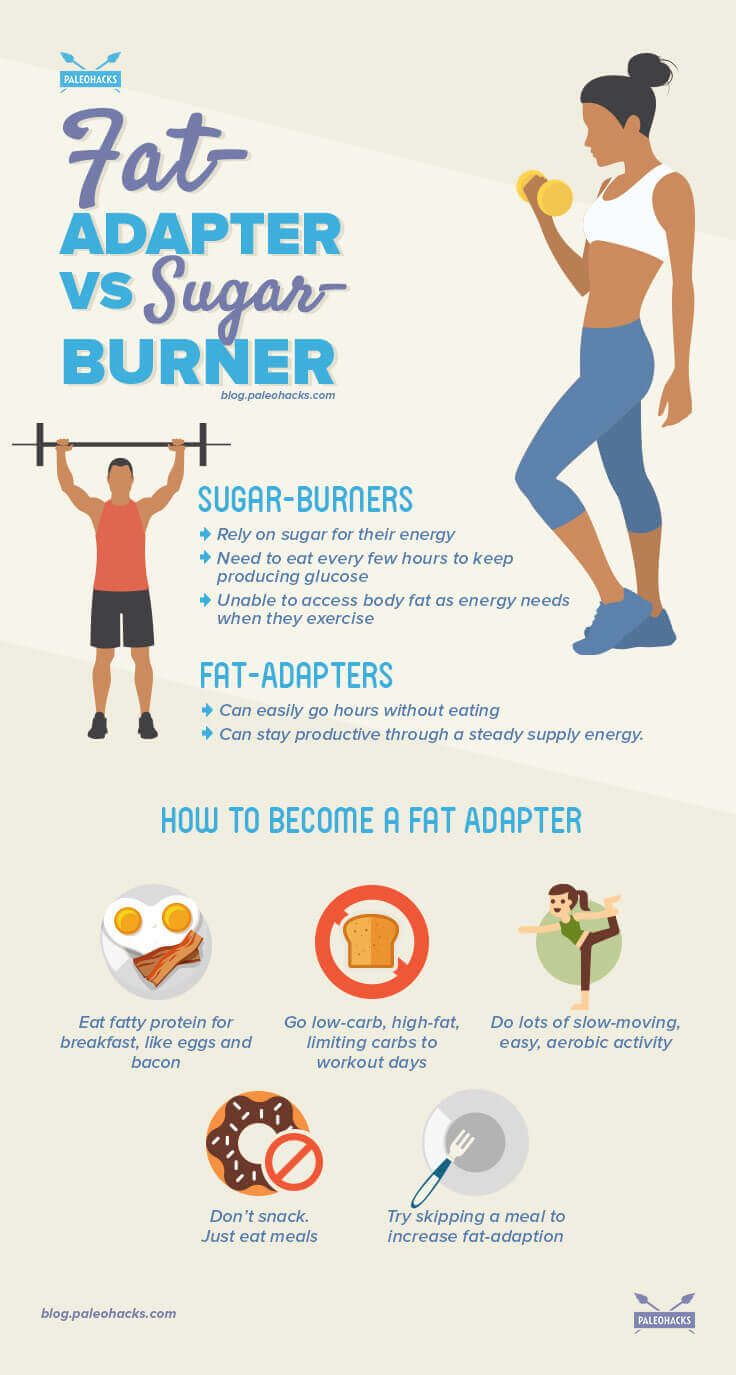
 Rosemary Pork Chops with Cranberry Sauce
Rosemary Pork Chops with Cranberry Sauce



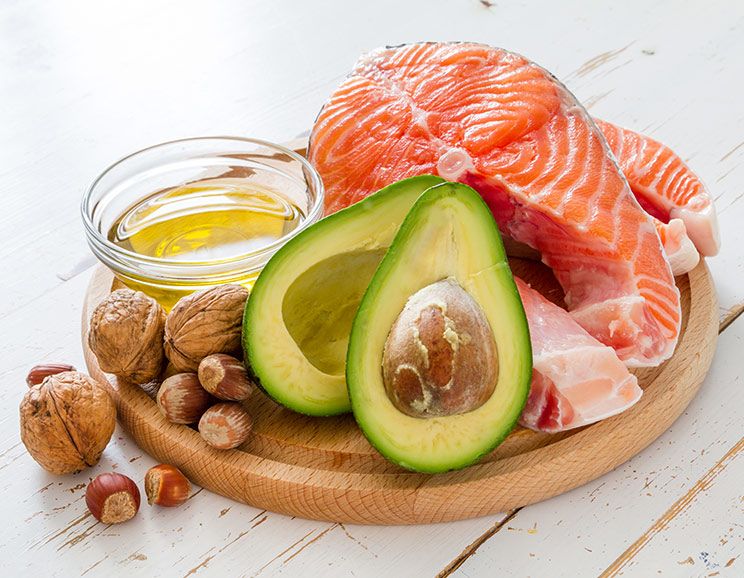

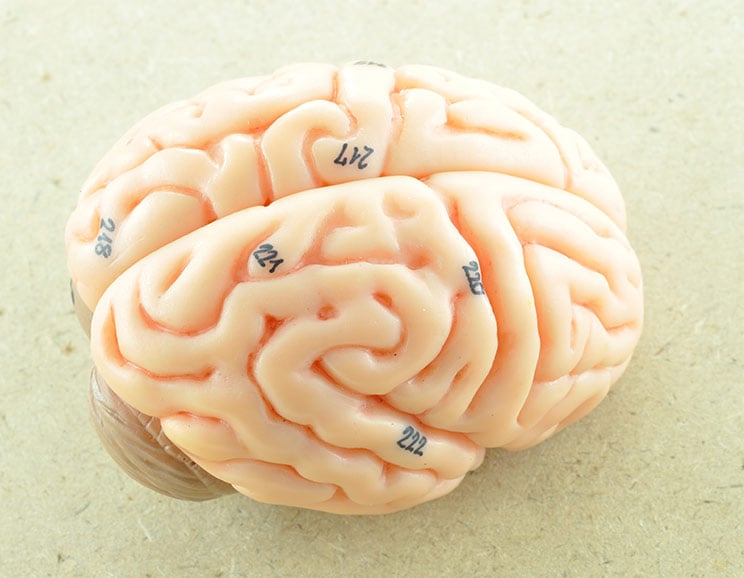
Show Comments